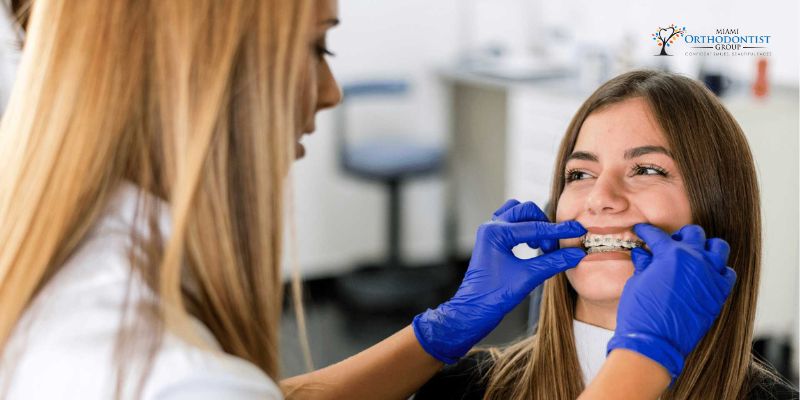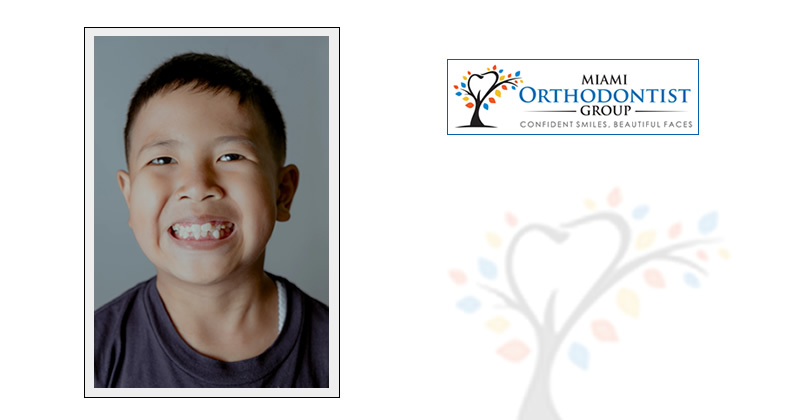Dentofacial Orthodontics, Braces, Invisalign Aligners, Orthodontic Care.
Are you aware of several methods of cosmetic dentistry that fix crooked teeth? In this article, we will provide you four essential ways to offer you fixing crooked teeth. And definitely straighten your smile. How?



